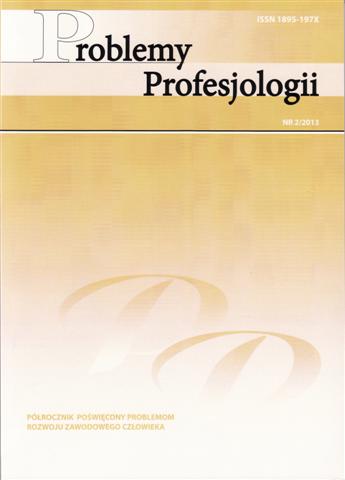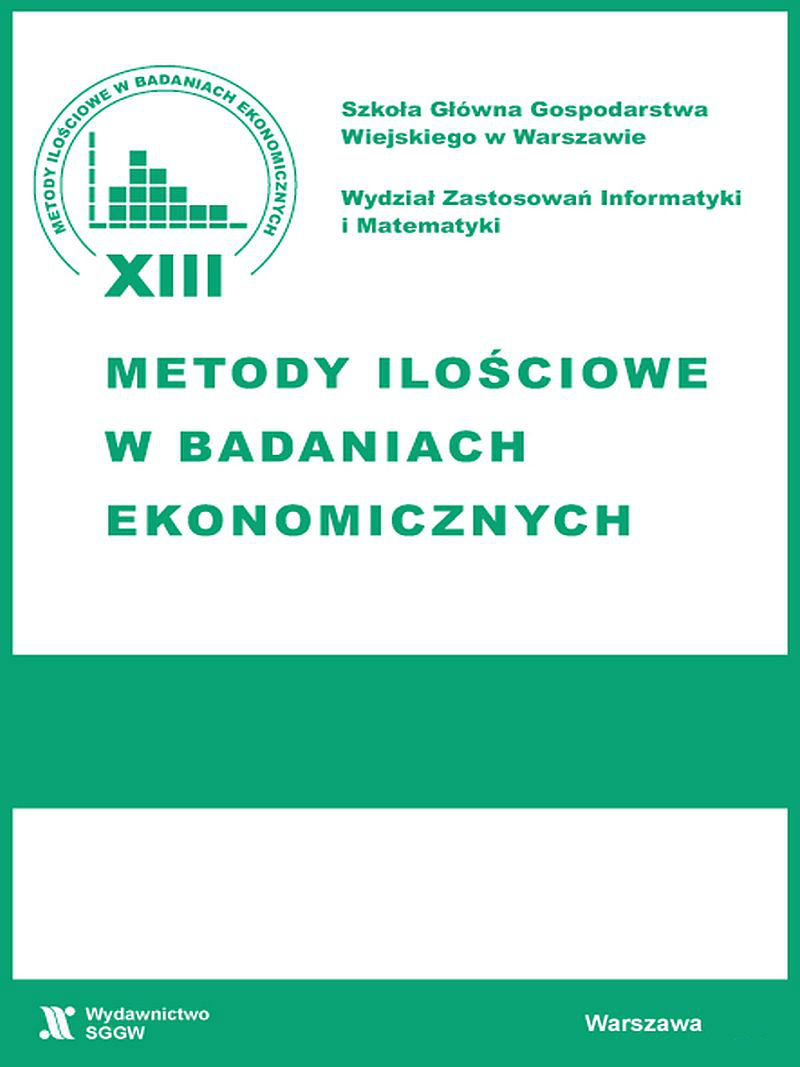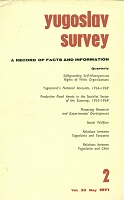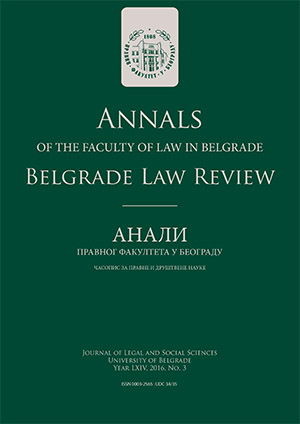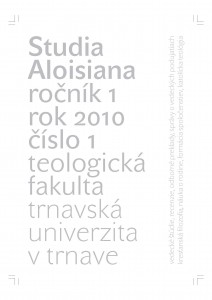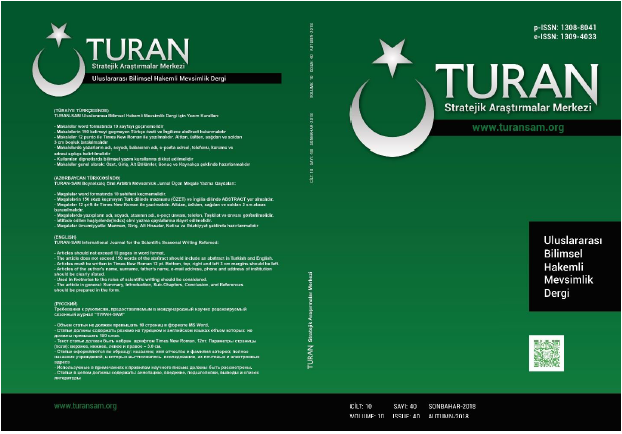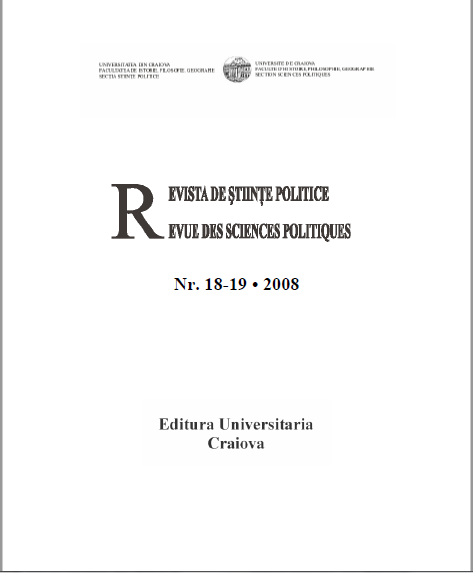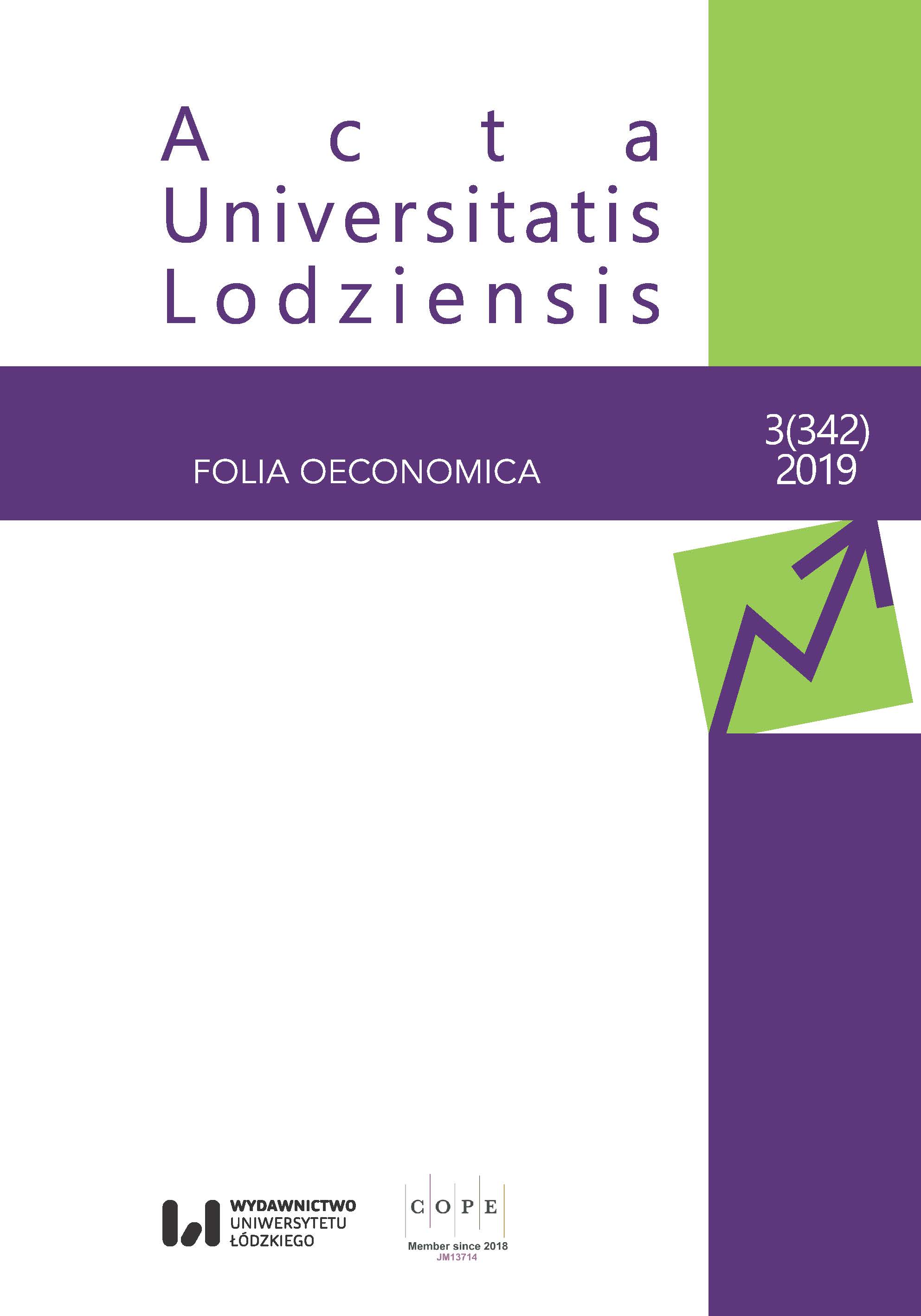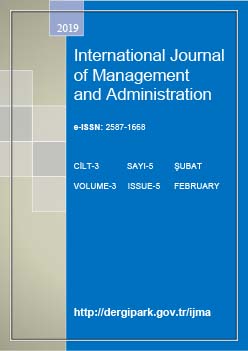Local Labour System After the Turn of the Millennium in Hungary
The current research puts the issue of functionalurban regions (or districts) into the focusdelimited by the commuting network ofemployees. The local labour system (LLS)provided a specific dimension of this complexapproach however it is one of the most adequatepossibilities to delineate these areas ofcommuting. The delimitation process consistedof two steps with the separation of employmentcentres and with the assignment of settlements tothese cores. The alteration of the LLS pattern wasalso analysed as the investigation was carried outby the census data from 2001 and 2011. Theresults provided a comprehensive overview aboutthe process of territorial concentration and theinstability of peripheral areas. Significant regionaldisparities of commuting came to light as theconsequence of the body of settlement network.The territorial division of the country provided byLLS pattern is fitting to the new and integratedEuropean approach of cities and their hinterlandsbut it is not alternative against otheradministrative or statistical divisions of Hungary.However this territorial point of view is in closerrelation to the issues of analysing the local labourmarket processes or the developments targetingthe increase in employment.
More...
